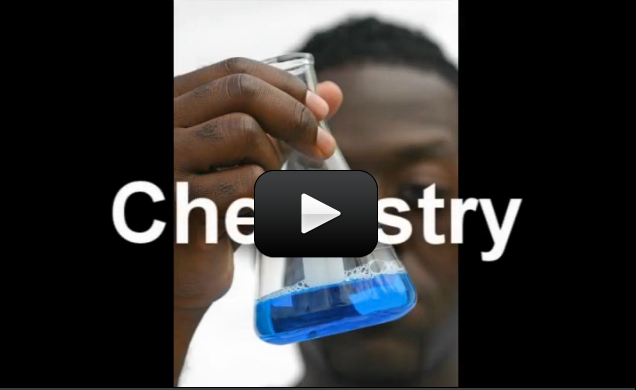Chemical Data & Safe Handling Information Sheet
What do I really need to know first? First of all, the chemicals in this set should be stored out of reach of pets and children. Grab the chemicals right now and stuff them in a safe place where accidents can’t happen. Do this NOW! When you’re done storing your chemicals out of reach, come back and download this Chemical Safety Sheet AND watch this video.
Click here to Download the Chemical Safety Information!
[/am4show]


Thanks so much for the feedback! We used to have a running list on the side of the last 20 q’s or so that were answered, but now there’s so many that it wasn’t working well. So instead, I’d recommend leaving the page open and hitting refresh to find your answer, or bookmark the page so you can find it again easily!
Thank you!!! The problem is I don’t always remember just where I posted that great question the kids had. And so they never get the answer! Thanks for making science their favorite subject!
You can use a tarp adhesive or something like this: http://www.tapplastics.com/product/repair_products/adhesives_glues_sealants/tap_poly_weld_adhesive/435
To find the answer to your question, just go back to where you posted the question and you’ll find the answer!
We have a polyethylene ice rink liner that needs repair and are told there is nothing that will adhere to polyethylene. What would you use ? Also, How do I know when one of my questions has been answered(other of course than going back to where I asked it)?
In a pinch with some of the less dangerous experiments, yes – those will work just fine. However you’ll need the use of your fingers for other experiments, so invest in a set of disposable gloves from the grocery store next time you’re there.
ok i do not want ANY acsadints to happen so jus wondering can i use plastic bags for gloves? becuaz i dont have any gloves. :-\
You’ll find experiments for most of these in the program in Units 3, 8, and 15. Type in the chemical name in the search box and you’ll find experiments that contain each one.
These items listed below are not used, but here’s what they are for:
Bromocresol Green (BCG) is a dye that is used as a pH indicator and as a tracking dye for DNA. Cell lysis is a buffer solution used in molecular biology experiments that analyze the compounds of the cells (e.g. western blot).
What can you do with these chemicals: copper sulfate, phenol red, precipitation reagent, bromcresol green, cell iysis reagent and sodium hydroxide. Now these are small bottles about the size of a film canister.
Look in the main shopping list for this unit and you’ll find a link to an online supplier.
The cobalt chloride experiment looks really cool! Where can you get some? Thanks!